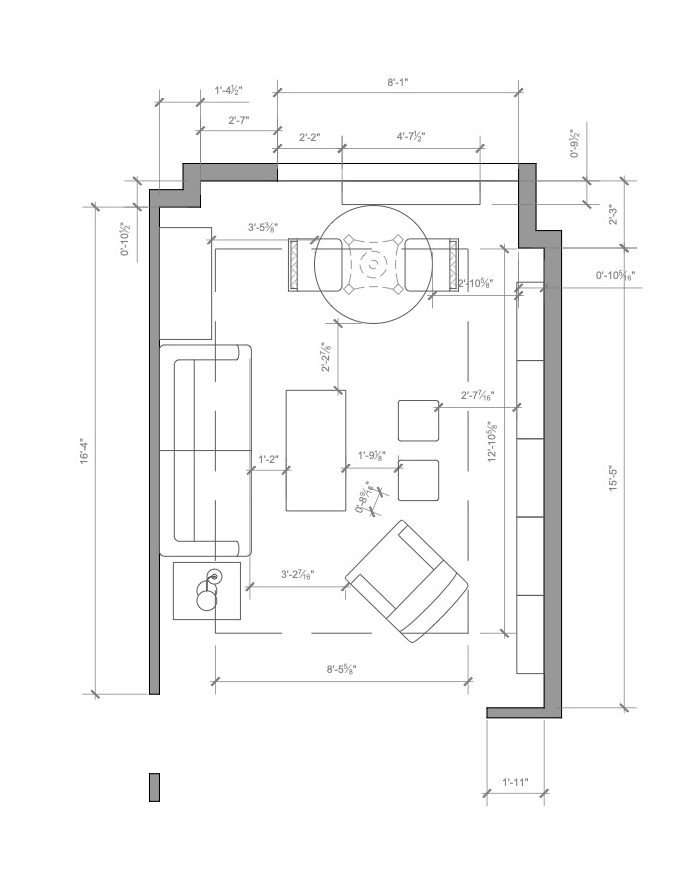Visit Italian city Trieste and surroundings
Visit Italian city Trieste and surroundings - Trieste is an elegant capital with a troubled history, at the center of disputes between neighboring states over the centuries. Crossroads of cultures, due to its position on the sea and on the border, which has made the Latin, German and Slavic worlds meet and collide.

Trieste is an elegant capital with a troubled history
One of the cities on the border of the Peninsula, rich in history, charm and culture. Trieste is an elegant capital with a troubled history, at the center of disputes between neighboring states over the centuries. Crossroads of cultures, due to its position on the sea and on the border, which has made the Latin, German and Slavic worlds meet and collide.

This tumultuous past is well demonstrated by the name of one of the most beautiful squares in the city: Piazza Unità d'Italia. Born as Piazza San Pietro due to the presence of a small church, it then became Piazza Grande and, in 1918, Piazza Unità and Molo Audace. It was only at the end of the Second World War, with the return to Italy of the "Free Territory of Trieste", that it took on the definitive name of Piazza Unità d'Italia.
Open on one side to the sea – the inhabitants of Trieste boast of the fact that it is the largest square facing the sea in Europe – important buildings stand out on the other sides: Palace of the Austrian Lieutenancy, seat of the Prefecture, Palazzo Stratti with the famous Caffè degli Specchi , Palazzo Modello, seat of the Town Hall, Palazzo Pitteri – the oldest – and the Palazzo della Region.
The square also houses the Fountain of the Four Continents, the work built between 1751 and 1754 which depicts an allegory of the four continents then known (Europe, Asia, Africa and America).
The Molo Audace winds its way in front of the square, which owes its name to the first ship that managed to enter the port of Trieste after the end of the First World War and its annexation to Italy.
Today the pier is a long stone walkway, which enters the Adriatic Sea for 246 meters, offering those who travel along it a different perspective from which to admire the city.
Furthermore, even today, the many places of worship of different creeds that can be encountered in the streets of the city bear traces of the lively multiculturalism of the great port of the Habsburg empire.
An example is San Nicolò dei Greci, the only seafront church in the city, or the large Greek-plan temple of San Spiridione, home to the Serbian Orthodox community.
Another symbolic place of the city is the Borgo Teresiano with its canal and colorful boats. The village takes its name from Maria Theresa, the first Empress of Austria, who in 1700 decided to build an entire neighborhood by burying the salt pans. In the village there is also the largest church in Trieste, Sant'Antonio Nuovo.
The city Cathedral is instead dedicated to San Giusto and is located on the homonymous hill overlooking the city. It boasts a simple facade, embellished by a large Gothic rose window and a central portal with elements of a Roman funerary stele. The interior has five naves with splendid frescoes of the Venetian school and mosaics.
Next to the Cathedral is the ancient Castle of San Giusto, wanted in 1468 by the emperors of Austria as a seat to defend and control the city. But the most evocative castle in Trieste is the romantic Miramare Castle, built in 1850 by Archduke Ferdinand Maximilian of Habsburg to make it his home together with his wife Carlotta of Belgium.
The castle, directly overlooking the sea and with large green spaces, never actually hosted the love nest of the royal couple because Maximilian was shot in Mexico and Carlotta, mad from the loss, lived in the adjoining castle for a few years until when he moved to Belgium.
Even today the eclectic style of the building is striking, combining Gothic, Renaissance and medieval elements.
Trieste is also known for its historic cafés, such as the famous Pasticceria Pirona, at whose tables it is said that James Joyce wrote several pages of his "Ulysses" and "Dublin People". Writers and poets were frequent visitors in past centuries to Trieste cafés: among them Svevo, Saba, Stendhal… Not to be missed: Caffè degli Specchi in Piazza Unità, Caffè Tommaseo – the oldest in Trieste -, Caffé Tergesteo and Caffé San Marco, in secession style.
In the surroundings of the city it is worth visiting the Risiera di San Sabba: a rice husking plant from 1913 to 1943, after the armistice of 8 September the Nazis transformed it into a prison camp for partisans, political prisoners and Jews. More than 3,500 people were killed in the Risiera while over 8,000 were deported to the extermination camps of Northern Europe.
The surrounding areas of the city also offer many attractions for nature lovers: mountain bike trails, trekking routes, small villages characterized by typical Karst architecture, farmhouses and osmize, the typical Karst restaurants.

















